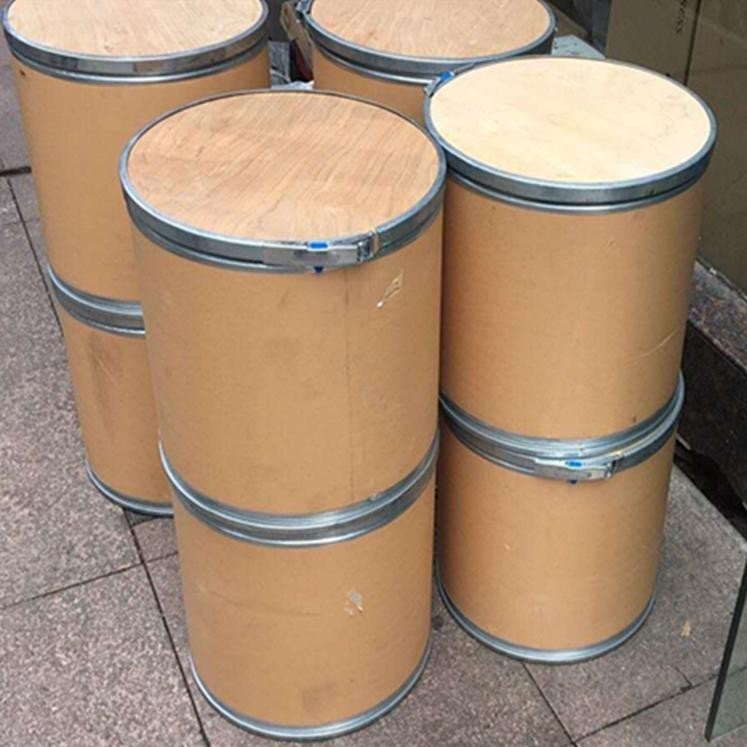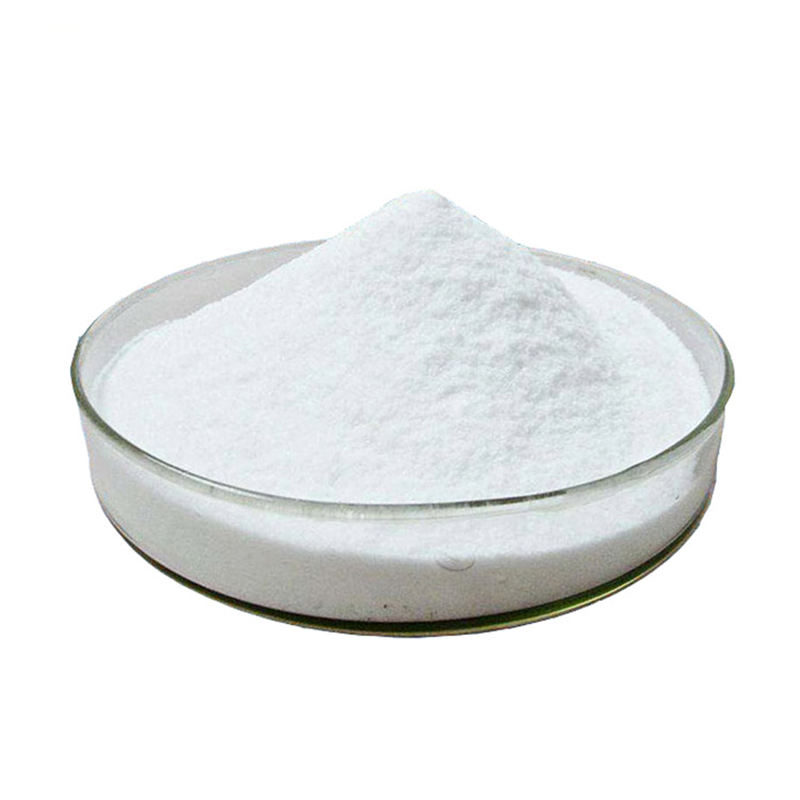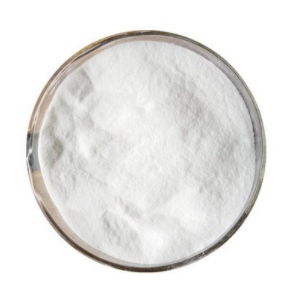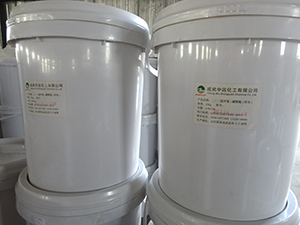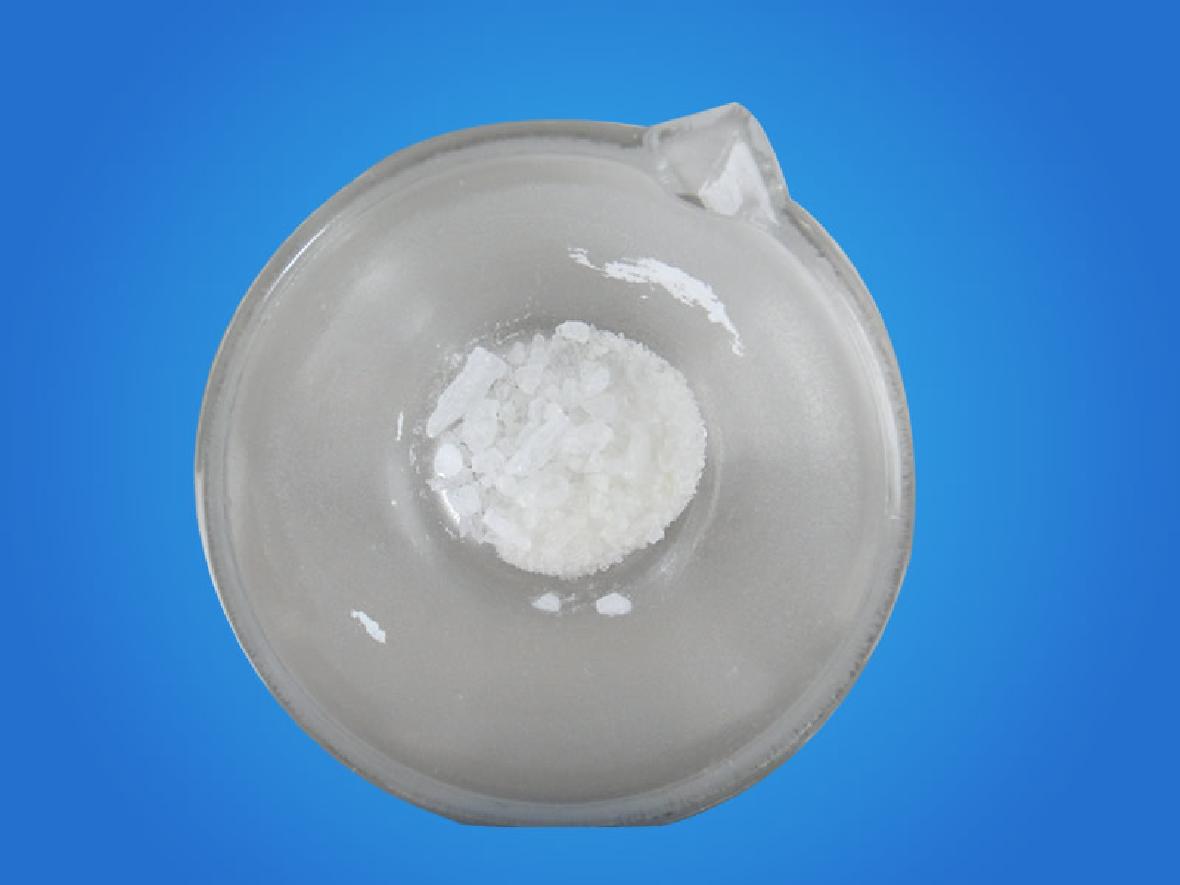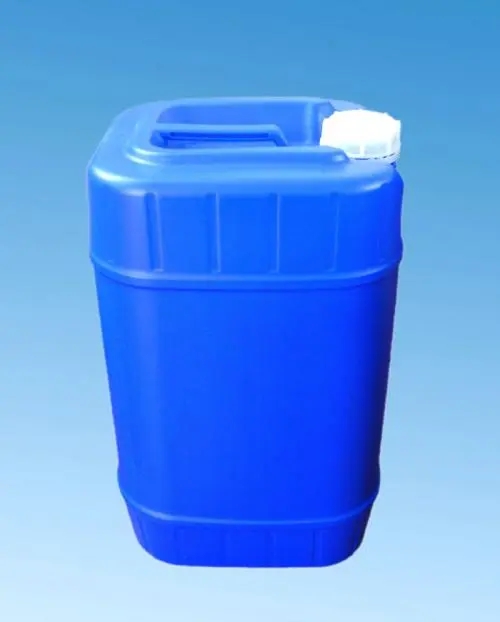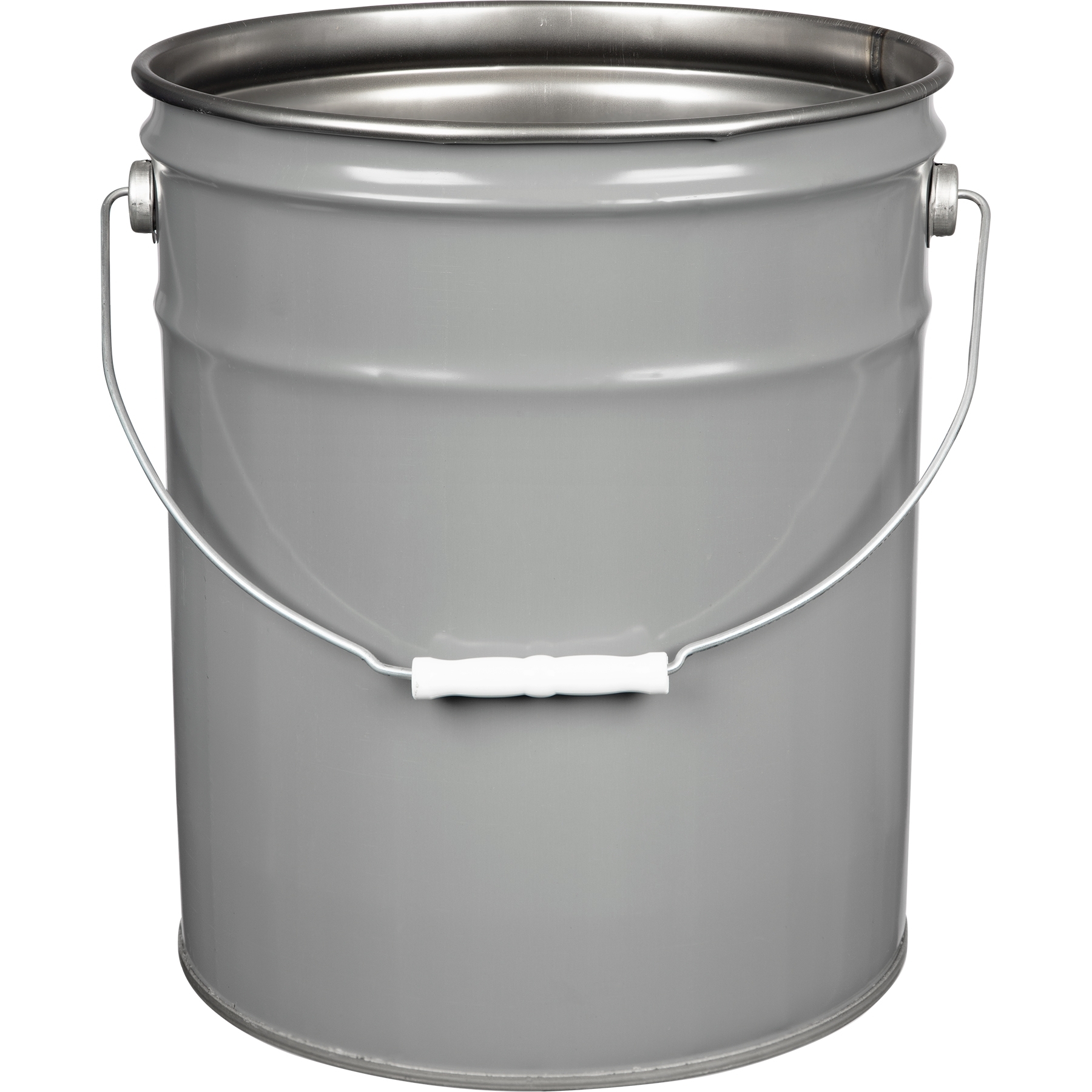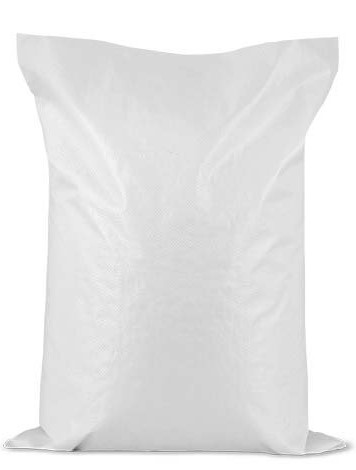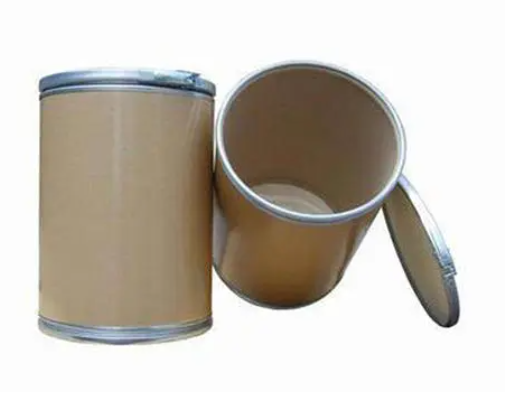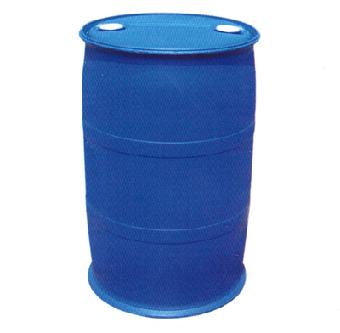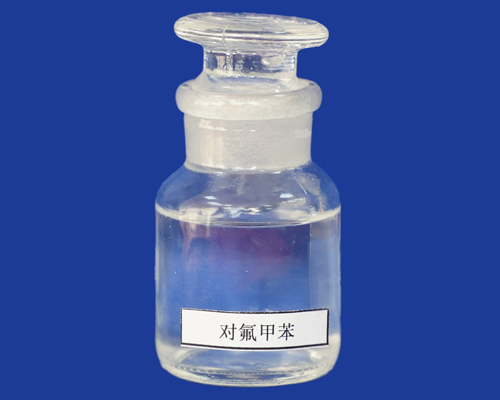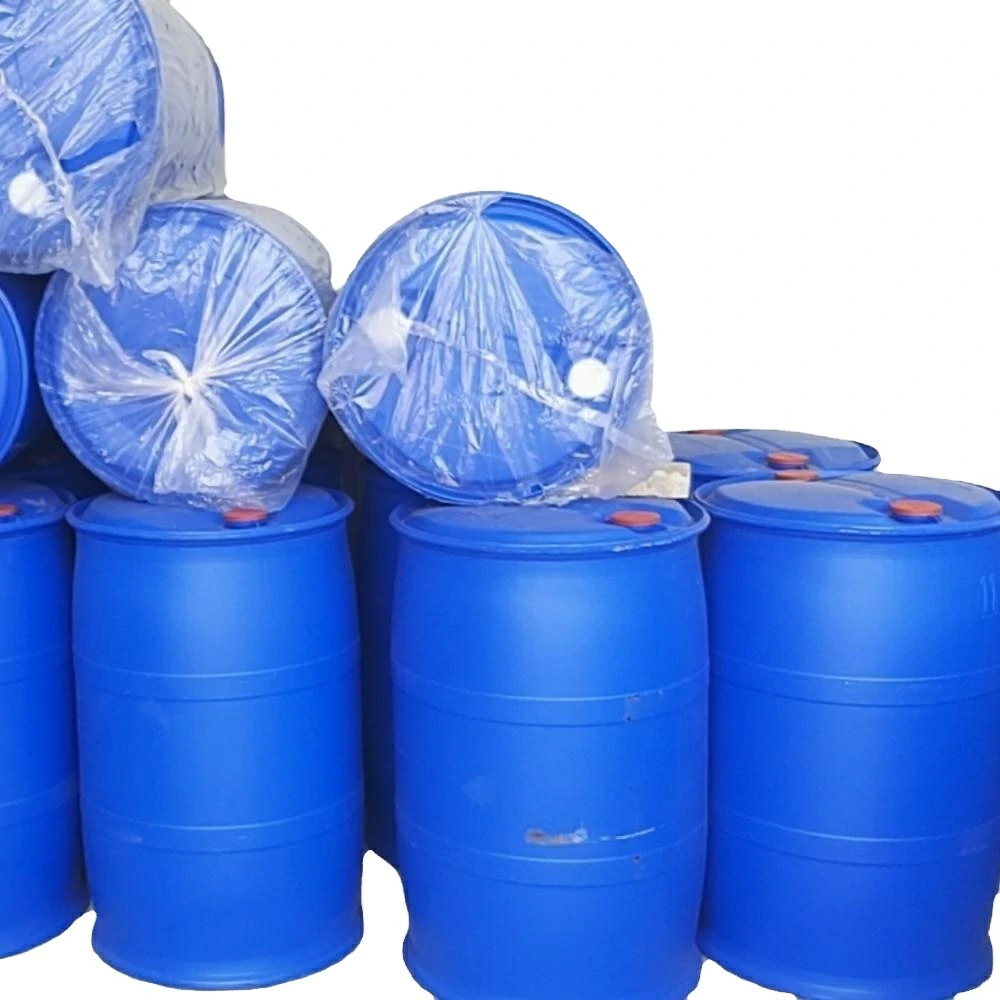Intermediates
Cationic Dyes
Pigment Black
Sulfur Dyes
Ingrain Dyes
Others
Pigment Orange
Solvent Dyes
Pigment
Vat Dyes
Dye Intermediates
Pigment Brown
Dyestuff
Pigment Violet
Dispersive Dyes
Other Dyes
Pigment Red
Pigment Yellow
Metallic Pigment
Pigment White
Reactive Dyes
Acid Dyes
Direct Dyes
Pigment Green
Basic Dyes
Nitrogen Compounds
Pigment Blue
Pearlescent Pigment
CAS:26576-46-5
Molecular Formula:C11H11N3O3
Alias
More Information
Butanamide, N-(2,3-Dihydro-2-Oxo-1H-Benzimidazol-5-Yl)-3-Oxo-; 5-Acetoacetamino Benzimidazolone; 5-AABI; 5-(Acetoacetylamino)Benzimidazolone; AABI; 3-Oxo-N-(2-Oxo-1,3-Dihydrobenzimidazol-5-Yl)Butanamide; 3-Oxo-N-(2-Oxo-2,3-Dihydro-1H-Benzimidazol-5-Yl)Butanamide; N-(2,3-Dihydro-2-Oxo-1H-Benzimidazol-5-Yl)-3-Oxobutyramide; 5-Acetoacetamido-2-Benzimidazolinone; 5-Acetylacetamidobenzimidazolone; 5-(Acetoacetylamino)-1H-Benzimidazol-2(3H)-One
Brief Introduction
This product is mainly used to synthesize pigment yellow and pigment orange.
Suppliers
View More Vendors (4) >
CAS:32315-10-9
Molecular Formula:C3Cl6O3
Alias
More Information
Tri-Phosgene; Methanol, Trichloro-, Carbonate (2:1); Trichloromethyl Carbonate; Ditrichloromethyl Carbonate; Bistrichloromethyl Carbonate; BTC; Bis(Trichloromethyl) Carbonate; Triphosgene (Bis(Trichloromethyl) Carbonate
Brief Introduction
Triphoto gas (BTC), namely, bis (Trichloromethyl) carbonate, is commonly known as solid phosgene, and the chemical formula is c3cl6o3. It is colorless crystal, has the smell of light gas, mainly used as a substitute for phosgene, and is used in medicine, pesticide and organic synthesis, and has better effect than liquid double light gas. The trioptical gas is prepared by the reaction of dimethyl carbonate and chlorine gas. Three light gas at 130 ° C is decomposed around, and the presence of impurities reduces the temperature. There will also be a small amount of decomposition during atmospheric distillation to generate phosgene and double phosgene (Trichloromethyl chloroformate). When chloride exists, the phosgene can produce phosgene safely and quantitatively, which solves the problem that phosgene can not be quantified in the reaction. Triphosgene can produce almost all reactions of phosgene, and can be used as reagents for chloroformylation, chlorination, carbonylation and some polymerization reactions. It can convert primary amine into isocyanate or substituted urea, carboxylic acid into acyl chloride, alcohol into carbonate or aldehyde (with dimethyl sulfate), aldehyde oxime and amide into nitrile, etc.
Suppliers
View More Vendors (4) >
CAS:3441-14-3
Molecular Formula:C35H25N7Na2O10S2
Alias
More Information
Direct Scarlet; Polycor Red SE; Direct Fast Scarlet 4BS; Wogenal Scarlet CB; Benzo Scarlet 4BS; Fast Scarlet 4BSA; Libia Scarlet 4BS; Paper Scarlet 4BS; Red EMB; Red EMBL; Direct red 4BS; Diphenyl Scarlet RS; Direct Scarlet 4BS; Fast Red 4BS; Airedale Scarlet 4BD; Vondacel Scarlet 4BS; Erie Fast Scarlet SCB; Calcomine Scarlet 4BSY; Direct Fast Scarlet SE; Direct Fast Scarlet 4B; Brilliant Direct Red 4A; Direct Brilliant Red 4A; Tertrodirect Scarlet 4BS; Amanil Fast Scarlet 4BS; Diazol Fast Scarlet 4BS; Diphenyl Fast Scarlet RS; Nippon Fast Scarlet 4BS; Pheno Fast Scarlet 4BSY; Chrome Leather Scarlet SE; Diamine Fast Scarlet 4BA; Enianil Fast Scarlet 4BS; Fenamin Fast Scarlet 4BS; Chlorazol Fast Scarlet 4B; Direct Fast Scarlet 4BSN; Nyanza Fast Scarlet 4BSA; Chloramine Fast Scarlet SE; Columbia Fast Scarlet 4BS; Diphenyl Fast Scarlet 4BS; Hispamin Fast Scarlet 4BS; Paramine Fast Scarlet 4BS; Chloramine Fast Scarlet 4B; Diacotton Fast Scarlet 4BS; Diazamine Fast Scarlet 4BS; Phenamine Fast Scarlet 4BS; Pontamine Fast Scarlet 4BS; Aizen Primula Scarlet 4BSH; Benzanil Fast Scarlet 4BSN; Chlorazol Fast Scarlet 4BSP; Benzo Fast Scarlet 4BSA-CF; Diaphtamine Fast Scarlet 4BS; Atul Direct Fast Scarlet 4BS; Kayaku Direct Fast Scarlet 4BS; Mitsui Direct Fast Scarlet 4BS; Disodium;7-[[6-[(4-Acetamidophenyl)Diazenyl]-5-Hydroxy-7-Sulfonatonaphthalen-2-yl]Carbamoylamino]-4-Hydroxy-3-Phenyldiazenylnaphthalene-2-Sulfonate; Scarlet 4BS; Direct Scarlet SE; Orbamin Scarlet 4BS; Direct Scarlet Lightfast; Tetrodirect Scarlet 4BS; Diamine Fast Scarlet 4BS; Direct Fast Scarlet M 4BS; 2-Naphthalenesulfonic acid, 3-((4-(Acetylamino)Phenyl)azo)-4-Hydroxy-7-((((5-Hydroxy-6-(Pheny- lazo)-7-Sulfo-2-Naphthalenyl)Amino)Carbonyl)Amino)-, Disodium salt; 2-Naphthalenesulfonic acid, 3-((4-(Acetylamino)Phenyl)azo)-4-Hydroxy-7-((((5-Hydroxy-6-(Phenylazo)-7-Sulfo-2-Naphthalenyl)Amino)Carbonyl)Amino)-, Disodium salt; 2-Naphthalenesulfonic acid, 3-((4-(Acetylamino)Phenyl)azo)-4-Hydroxy-7-((((5-Hydroxy-6-(Phenylazo)-7-Sulfo-2-Naphthalenyl)Amino)Carbonyl)Amino)-, Sodium salt; 2-Naphthalenesulfonic acid, 3-(2-(4-(Acetylamino)Phenyl)Diazenyl)-4-Hydroxy-7-((((5-Hydroxy-6-(2-Phenyldiazenyl)-7-Sulfo-2-Naphthalenyl)Amino)Carbonyl)Amino)-, Sodium salt (1:2); 2-Naphthalenesulfonicacid,3-[[4-(Acetylamino)Phenyl]azo]-4-Hydroxy-7-[[[[5-Hydroxy-6-(Phenylazo)-7-Sulfo-2-Naphthalenyl]Amino]Carbonyl]Amino]-,Sodium salt (9CI); 3-((4-(Acetylamino)Phenyl)azo)-4-Hydroxy-7-((((5-Hydroxy-6-(Phenylazo)-7-Sulpho-2-Naphthyl)Amino)Carbonyl)Amino)Naphthalene-2-Sulphonic acid, Sodium salt; Disodium 3-((4-Acetamidophenyl)azo)-4-Hydroxy-7-((((5-Hydroxy-6-(Phenylazo)-7-Sulphonato-2-Naphthyl)Amino)Carbonyl)Amino)Naphthalene-2-Sulphonate; Sodium 3-((E)-(4-Acetamidophenyl)Diazenyl)-4-Hydroxy-7-(3-(5-Hydroxy-6-((E)-Phenyldiazenyl)-7-Sulfonatonaphthalen-2-yl)Ureido)Naphthalene-2-Sulfonate
Brief Introduction
It is mainly used for dyeing and printing of cotton, viscose, hemp and other fiber fabrics, dyeing of silk and wool, dyeing of paper and leather, and manufacturing lake pigments. In addition to dyeing bright red and bright red (yellow light light light red) separately, it is also used for color matching with yellow, orange, red, brown and other dyes. After dyeing, finish with urea formaldehyde resin or treat with color fixing agent y, and the color light base benzene remains unchanged. If treated with color fixing agent M, the color light will obviously turn blue.
Suppliers
View More Vendors (4) >
CAS:348-54-9
Molecular Formula:C6H6FN
Alias
More Information
2-Fluorobenzenamine; Ortho-Fluoroaniline; Aniline,2-Fluoro; 2-Fluoranilin; Aniline,O-Fluoro; 1-Amino-2-Fluorobenzene; Benzenamine, 2-Fluoro-; 2-Fluoro-Aniline; 2-Fluoro-Benzenamin; O-Fluoroaniline; 2-Fluoro-Phenylamine; Fluoroaniline-2
Brief Introduction
O-fluoroaniline is a light yellow liquid, oily; When the amount is small, the color is not obvious. Slightly aromatic, toxic. It can stimulate the skin, and its vapor or smoke can stimulate the eyes, mucous membrane and upper respiratory tract. Enter the human body, can form methemoglobin cyanosis, harmful to the environment, this product is flammable, irritating. O-fluoroaniline is an important intermediate in the synthesis of fluorinated pharmaceuticals and dyes. O-fluoroaniline can be used as an intermediate in pharmaceutical synthesis.
Suppliers
View More Vendors (4) >
CAS:352-32-9
Molecular Formula:C7H7F
Alias
More Information
Benzene, 1-Fluoro-4-Methyl-; 4-Methylfluorobenzene; P-Tolyl Fluoride; Fluorotoluene3; 4-Fluorotoluene; Para Fluoro Toluene; P-Fluortoluol; P-Fluoro-Toluen; 4-Fluoro-1-Methylbenzene; 1-Fluoro-4-Methylbenzene; Toluene,P-Fluoro; 4-Fluoro Toluene
Brief Introduction
Parafluorotoluene is an important raw material for organic fluorine compounds, used in the synthesis of various pharmaceuticals, pesticides, dyes, polymer fluoroplastic intermediates and fluorine-containing aromatic derivatives.
Suppliers
View More Vendors (4) >
Inquiry (
10
/ 10
)
Clear All
Sign In
Error!

